237
10
4 minutes
Suggested Articles

First-generation Ivy Leaguers triumph over unique college challenges
Discover key insights, life hacks, and data-driven tips for first-generation college students thriving in prestigious U.S. universities. Find practical strategies, unique challenges, and fresh perspectives essential for student success.
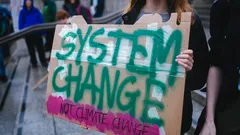
United Nations calls climate change “the biggest global threat of our time”
Civic Education
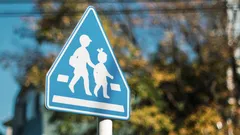
Parents empower kids with smart routines to boost school and neighborhood safety
News & Updates

Civics lessons give students a lifeline in times of community crisis
Civic Education
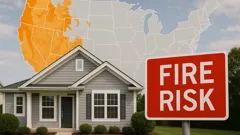
New wildfire disclosure rules upend buying and renting: «You can't skip this»
Civic Education
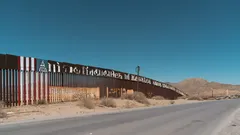
Inside the immigration reform battle that’s reshaping America’s future
News & Updates
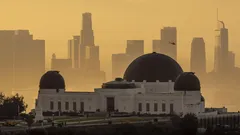
Teachers in Los Angeles empower students with real-life civics during crisis
Civic Education

Federal funding delays threaten vital support for US students and schools
News & Updates

Retirees in vulnerable states strengthen safety nets as Social Security disruptions loom
Civic Education

Community leaders ignite change and strengthen immigrant rights across America
Volunteer
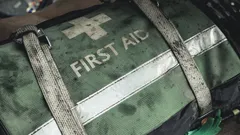
Equip your home for any emergency and feel confident, not powerless
Resources & Tools

First-generation Ivy Leaguers triumph over unique college challenges
Hiring

Americans brace for possible Social Security cuts that reshape retirement
News & Updates

Why this Florida data leak changes how we think about privacy
News & Updates

Build your own AI chatbot and unlock hands-on tech superpowers
Resources & Tools

How to outsmart hidden medical expenses in your golden years
Civic Education

California workers secure jobs this summer with new 2025 laws
Hiring
 Love Women Vibes
Love Women Vibes

Comments